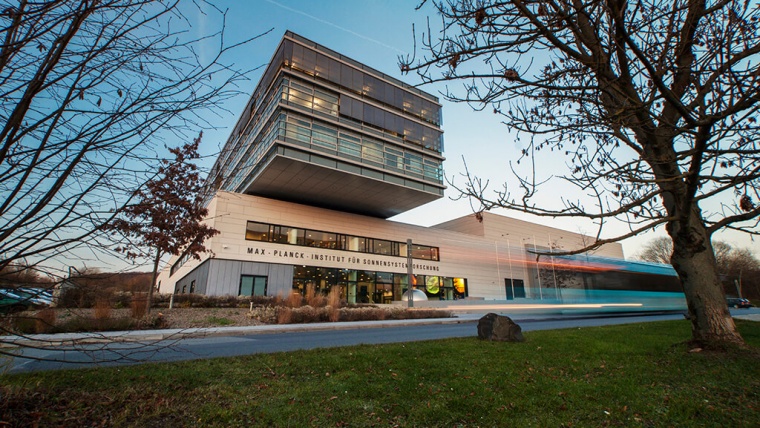
No matter how good compact cameras or smartphones get, there is one aspect in which they will never be able to overcome DSLRs (and, more recently, so-called system cameras): the ability to exchange lenses. While some people tend to argue that having a single large zoom on a compact camera is an advantage due to the portability it can provide, the truth is that the picture quality that can be achieved with a good lens specifically designed for a given type of photography is hard, if not impossible, to overcome.
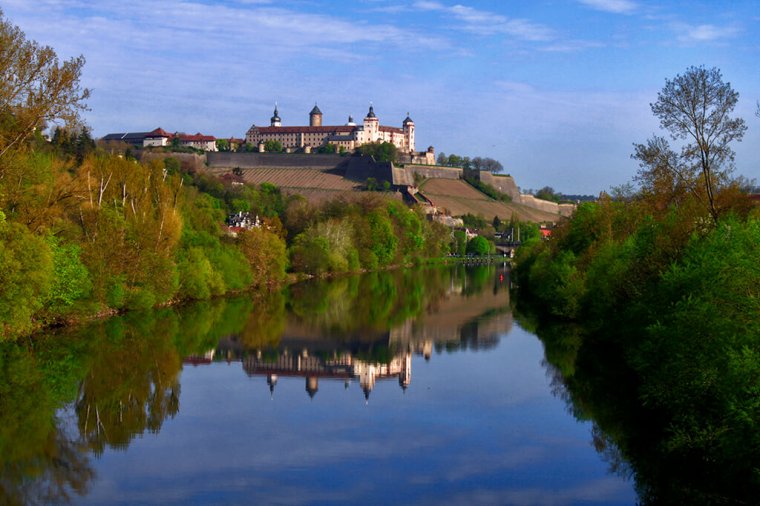
I take that, if you are reading this article, you most probably have a DSLR camera and you are either puzzled by what lens you should buy next or at least you are familiar with the feeling. Most photography enthusiasts first go out and buy a camera and only after some time taking photos they find out what type of photography they enjoy the most and only then start thinking about going beyond the kit lens. So let’s look at the different types of lenses out there and what their uses are.
One thing to keep in mind all the time is that, due to the crop factor, the focal lengths of different camera lenses will vary depending on whether the lens is intended to be used on a crop sensor o on a full frame camera. You must be very careful with this because not all the lenses on the market will work with your camera and, even more important, trying to fit some lenses to full frame cameras might actually damage it.
Table of Contents
While this cannot really be a category on its own, I simply put it here to talk a bit about their capabilities and limitations. Kit lenses are basically those that manufacturers sell together with camera bodies. For most cameras, it is possible to buy either just the body or the body with one of those kit lenses. Usually, the quality of the kit lens depends on the quality of the camera, with full frame cameras offering the high quality option (like the EF 24-105mm f/4L IS II USM that comes with the Canon EOS 5D Mark IV or the 24-120mm f/4G ED VR Auto Focus-S that comes with the Nikon D-750). For most of the entry-level and mid-range cameras, while the quality of the kit lenses has improved with time, they are a good option for a limited amount of time and rather sooner than later you will feel the need for an upgrade.
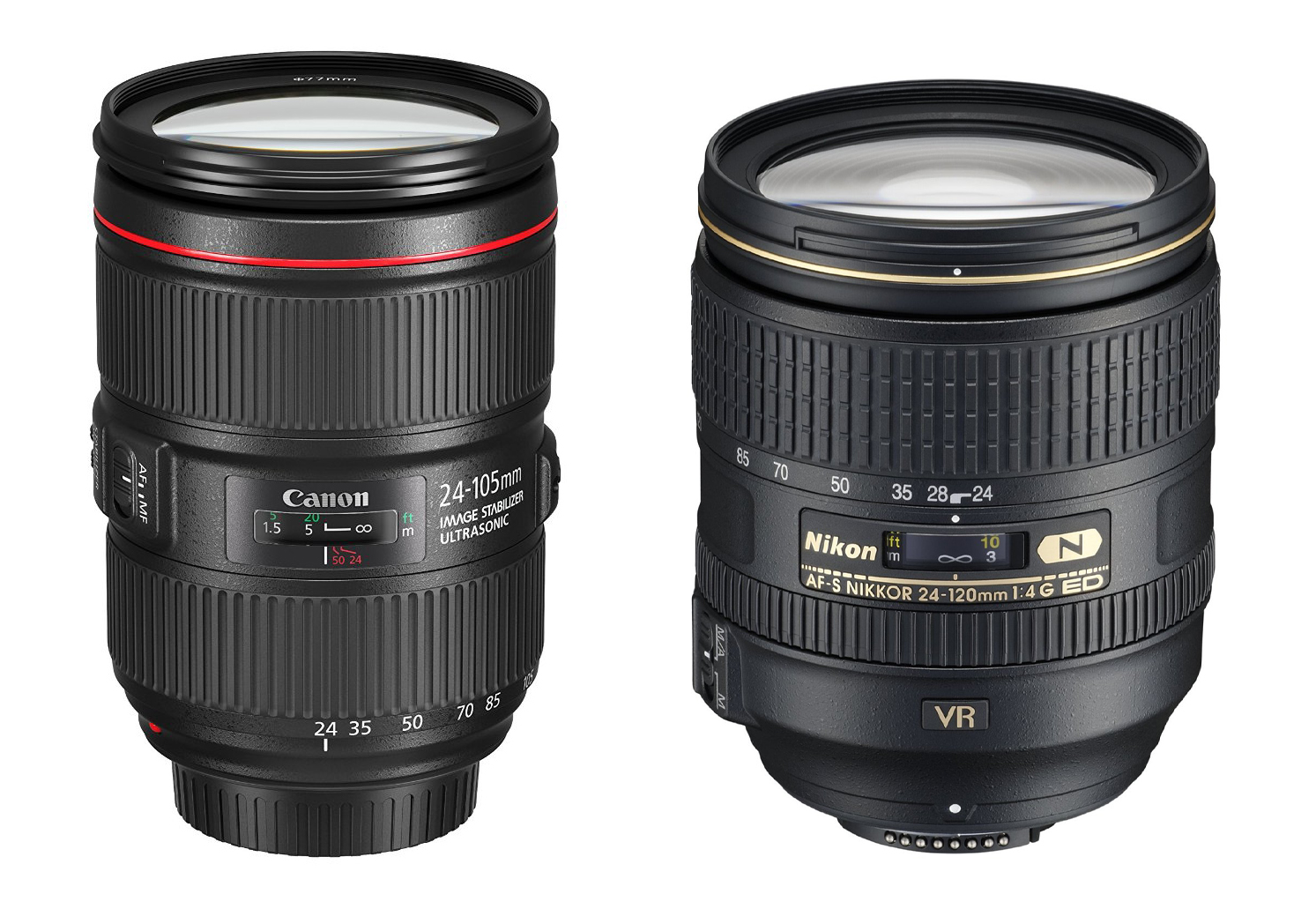
One of the most useful ways to look at the different lenses that are available on the market is by their focal length. These can be divided into five categories: fisheye, wide angle, mid-range, zoom, and telephoto. Different people use some of these terms differently, but I will clarify what I mean with each category further on.
If you think of the available focal lengths as a continuum from short to long, fisheye lenses are located on the short end. They have focal lengths around 10 mm or less and can have a range of focal lengths (e.g. Canon EF 8-15mm f/4L Fisheye USM) or a fixed one (e.g. Nikon AF DX Nikkor 10.5mm f/2.8G ED). The short focal length is not the only special thing about fisheye lenses, though. The construction of the lens differs from normal wide angle lenses allowing them to provide fields of view close to 180 degrees producing highly distorted images.
They are commonly used in some specific applications such as all-sky cameras (used to study meteorological phenomena such as clouds or auroras monitoring) and can provide an interesting point of view for other types of photography such as landscapes or cityscapes. Unless you are really fascinated by how things look with the strong distortion created by these lenses, I would not recommend this as the first one to get after your kit lens.
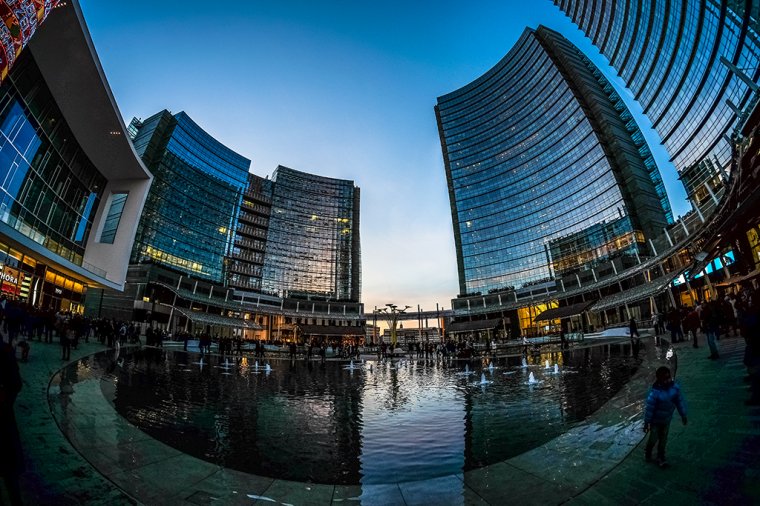
With focal lengths a bit longer than fisheye lenses, wide angles are one of the most useful (and many times forgotten) objectives out there, especially if landscape and travel photography is what moves you. Wide angle lenses are built to minimize visual distortions and even though getting rid of the distortion completely is virtually impossible, the good ones do a pretty good job.
The main advantage of wide angle lenses is that they let you get closer to your subject while still covering most of it and a good part of the background. This makes them ideal for some types of photography such as sports, travel, and landscape photography. For instance, if you think of the latter, a common reason for landscape photos to come out rather dull when compared to what we saw is the lack of a main subject located relatively close to the camera. The use of a wide-angle lens gives you countless opportunities since you can simply get close to something like a flower or a rock and still capture the beauty of the background. The same can be said for travel or architecture photography.
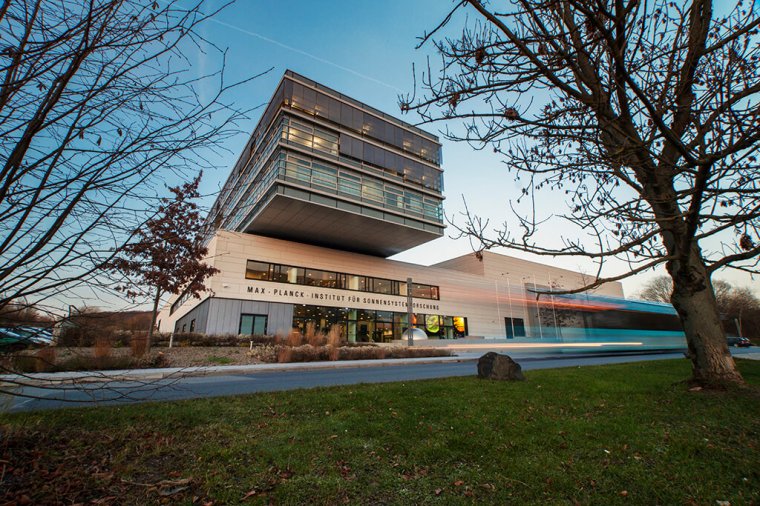
The price range of wide angle lenses vary significantly depending on what you choose. An amazing choice for those using Canon (although only for crop sensor cameras) is the relatively new Canon EF-S 10-18mm f/4.5-5.6 IS STM that provides great results with minimal distortion and at an incredibly affordable price. A Nikon alternative, although more expensive, is the Nikon AF-S DX NIKKOR 10-24mm f/3.5-4.5G ED.
By mid-range I mean lenses that are located, in terms of focal length, between wide-angle and telephoto objectives. Some of these, like the kit lenses that come with entry-level DSLRs (Canon EF-S 18-55mm f/3.5-5.6 IS II or NIKKOR 18-55mm f/3.5-5.6G VR II), are sold like all-purpose lenses and there is some truth on that. While the quality of these lenses is not the best, they are a good option to start making photos with. The wide end (18mm) is wide enough to allow you to capture many wide scenes like landscapes and the narrow end (55mm) is good enough for getting closer to some subjects, especially for taking portraits and some studio setups. The big limitation of these lenses is usually the aperture which is 5.6 at the narrow end, producing rather dark and dull results in some cases due to the deep depth of field.
If your main interest lies in portrait photography, this mid-range is in fact a good place to stay and there are many good options in the market with a wide range of prices. Canon offers three different options for fixed 50mm lenses which are perfect for portraits: the famous and affordable EF 50mm f/1.8 STM, the mid-priced EF 50mm f/1.4 USM and the expensive Canon EF 50mm f/1.2 L USM. Nikon has similar options with the AF FX NIKKOR 50mm f/1.8D and the AF-S FX NIKKOR 50mm f/1.4G. The magic of these lenses lies on their small size and the incredible depth of field, even with the cheaper options producing great portraits.
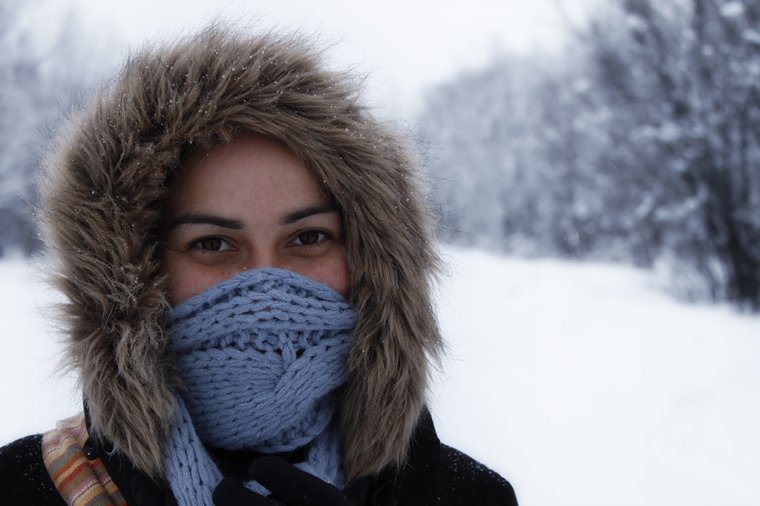
If you are working with a full frame camera, your best choice for portraits is to get an 85mm which is almost equivalent to 50mm on crop sensor cameras. As I mentioned before, be aware of the compatibility of any lens you plan to buy with your camera to avoid unpleasant surprises. Also, if you are considering switching from crop sensor to full frame, be aware that the camera is not the only thing that will get considerably more expensive; lenses will also become more pricey.
While these two terms are sometimes used without any discrimination between them, they tend to be related but are not the same. A zoom lens is any lens with a variable focal length while a telephoto is a lens with a large focal length (usually around 90mm and above). I decided to put them into the same category here because, while some of the objectives mentioned before (10-18mm or 18-55mm) are zoom lenses, the term is commonly associated with those really large and bulky ones that you can see when press people are taking photos at a stadium.
Once again, the price range here is huge. For Canon, you can get a good zoom range with the EF 75-300mm f/4-5.6 III. Once again, the issue with this lens is the aperture (5.6 at 300mm) although the truth is that to get a good aperture at telephoto ranges you might have to pay more than you are ready to like for instance the EF 400mm f/2.8L IS USM II. The construction of the lens, especially in the case of zoom lenses, to get large focal lengths and apertures is very complex and that is definitely reflected in the retail price.
In terms of use, telephoto lenses (both fixed focal length and zoom) are perfect for wildlife, street and sports photography. When capturing wildlife, it is usually difficult to get close enough to your subject before they run off scared or before your own life is at risk. Street photography is based on capturing everyday life of people on the street and, unless you want to get an angry stare or a fake pose, you need to stay unnoticed and thus a large focal length is necessary. Finally, to shoot sports events you will usually be located quite far from your subjects (like for instance a football player on a stadium).
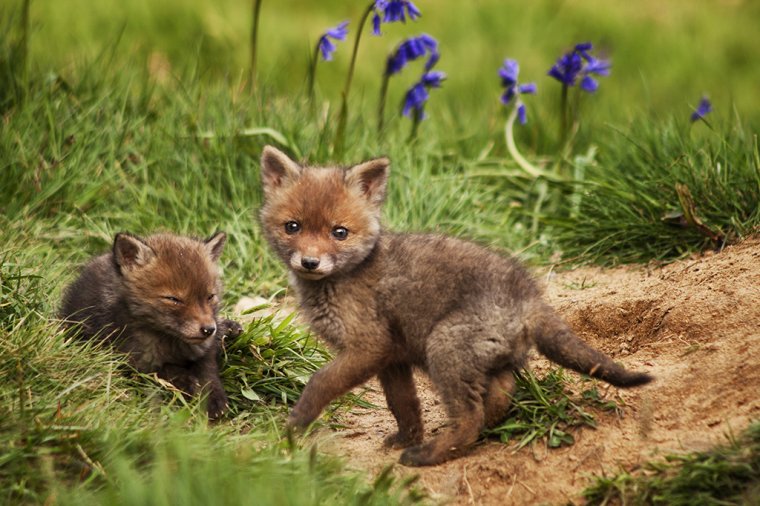
A good focal length to start with is 250 or 300mm. The already mentioned EF 75-300mm is quite affordable and will allow you to get close enough to some animals, although probably not enough to fill the frame if the animals are particularly afraid of people. A big problem with the cheapest options like the 75-300 is that they do not have image stabilization, meaning that when shooting at 300mm you will need to either shoot under very sunny conditions or shoot at very high ISO numbers which can produce very noisy results depending on your camera and how much you push it. Still, given the price, if you are simply exploring different aspects of photography, I would say is worth giving it a try.
If what moves you is sports photography, you will need a larger focal length and, more importantly, a faster lens. Here you are getting into the realm of really expensive gear (we are talking about usually more than $7000 for a lens) so this is most commonly reserved for professionals who are actually making money out of it. Still, if you can afford it, having something like the Canon EF 200-400mm f/4L IS USM Extender 1.4x (that is f/4 over the whole range!) can work miracles on your sports and wildlife photography.
There is another type of lens that, due to its intended use, falls into a completely different category that is independent of the focal length. I am talking about macro lenses. These lenses are intended to take photos of small subjects and people have gotten to the point of adapting microscope lenses to DSLR cameras to get amazing results. I will not go into details, however, because describing macro lenses and how to work with them would require a full post and I prefer to leave that for experts on the field.
I want to finish with a small list summarizing the types of lenses that I went through and their uses so you can use it as a quick guide to decided what to buy next.
Comments (0)
There are no comments yet.